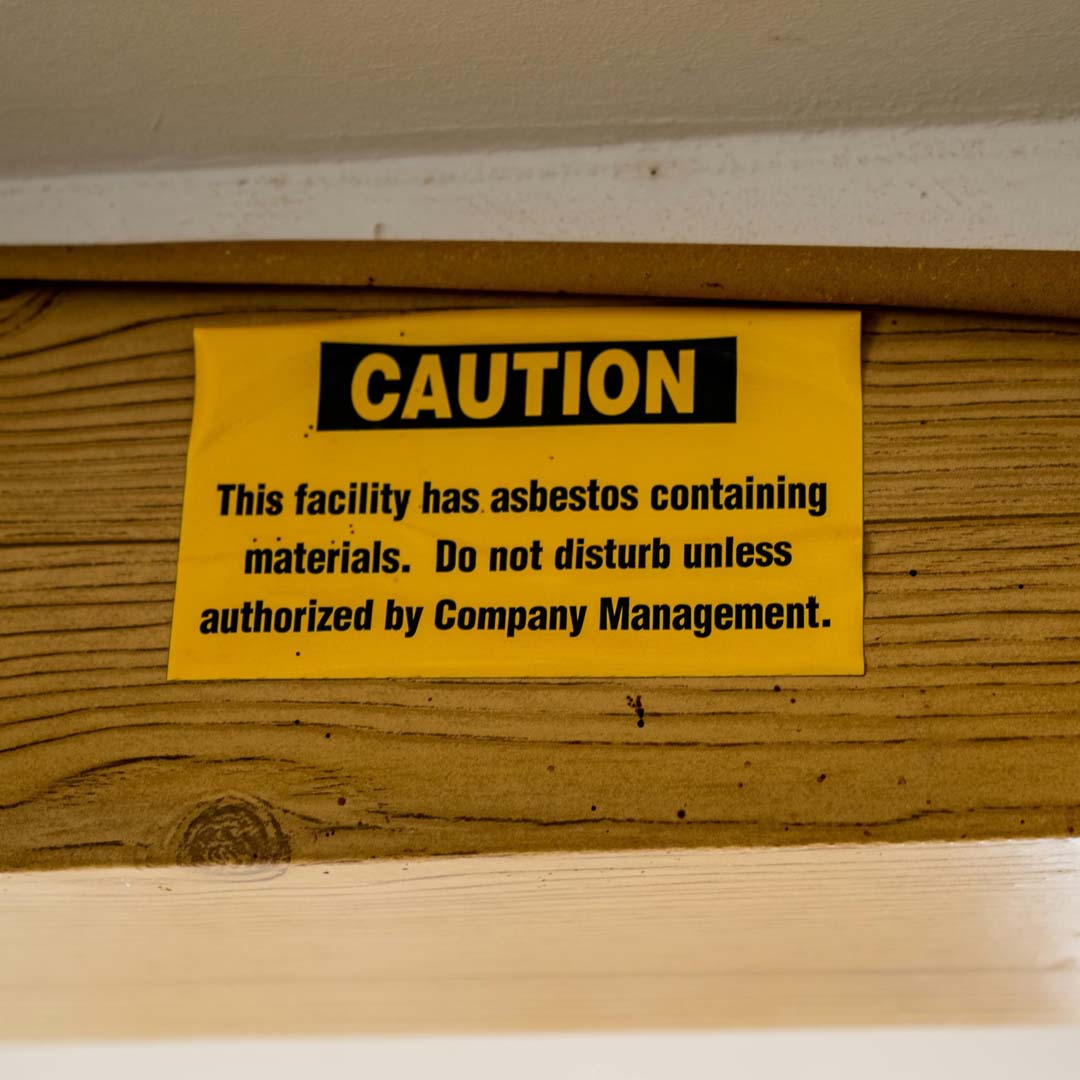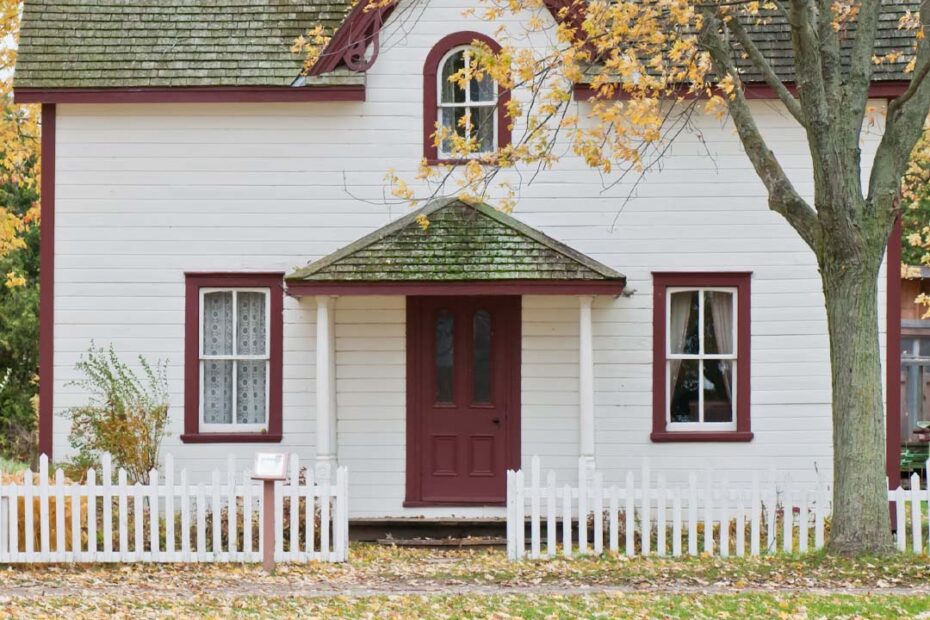Asbestos was once a widely used material in home construction due to its durability, fire resistance, and insulating properties. However, in recent decades, it has become a significant health concern due to its link to serious respiratory diseases. If you live in or are considering purchasing an older home, understanding the dangers of asbestos is crucial for maintaining a safe living environment.
What Is Asbestos and What are the Dangers of Asbestos in Older Homes?
Asbestos is a naturally occurring mineral composed of thin, fibrous crystals. It was extensively used in construction materials from the early 20th century until the late 20th century when its health risks became widely recognized. Asbestos can be found in various building materials, including:
- Insulation (pipe, attic, and wall insulation)
- Floor tiles and adhesives
- Roofing shingles and siding
- Popcorn ceilings and textured paints
- Cement sheets and ducts
Why Was Asbestos Used in Construction?
The popularity of asbestos in the construction industry was largely due to its unique properties:
- Fire Resistance: Asbestos is non-combustible and was often used in fireproofing materials.
- Insulation: It provided excellent thermal and sound insulation, making it ideal for walls, ceilings, and floors.
- Durability: Asbestos-reinforced materials were resistant to wear, chemicals, and heat, making them long-lasting.
- Cost-Effectiveness: Because it was inexpensive and widely available, it became a staple in home construction.
Health Risks Associated with Asbestos Exposure & Dangers of Asbestos in Older Homes

The dangers of asbestos arise when the material is disturbed, releasing microscopic fibers into the air. When inhaled, these fibers can become lodged in the lungs, leading to severe health conditions, including:
- Asbestosis: A chronic lung disease caused by long-term asbestos exposure, leading to scarring of lung tissue and difficulty breathing.
- Lung Cancer: Asbestos exposure is a known risk factor for lung cancer, especially in individuals who also smoke.
- Mesothelioma: A rare and aggressive cancer affecting the lining of the lungs, chest, or abdomen, almost exclusively linked to asbestos exposure.
- Other Respiratory Issues: Prolonged exposure can cause inflammation and respiratory distress, making it dangerous even in small amounts over time.
How to Identify and Address Dangers of Asbestos in Older Homes
If your home was built before the 1980s, there is a significant chance it contains asbestos in some form. Identifying and safely managing asbestos involves the following steps:
- Inspection and Testing: Hire a certified asbestos professional to conduct an inspection and take samples for testing. Avoid disturbing suspected materials yourself, as this can release harmful fibers.
- Assessing Risk: If asbestos-containing materials are intact and undisturbed, they may not pose an immediate danger. However, if they are damaged or deteriorating, professional removal may be necessary.
- Asbestos Removal and Abatement: If asbestos poses a risk, professional abatement services should be employed to remove or encapsulate the material safely. Never attempt DIY asbestos removal, as improper handling can significantly increase exposure risks.
- Renovation Precautions: If you plan to renovate an older home, always conduct an asbestos assessment first to avoid accidental exposure.
Asbestos remains a hidden danger in many older homes, making awareness and proper management essential. If you suspect asbestos in your home, taking proactive steps to assess and address it can protect your health and that of your family. Hiring professionals for inspections and removal ensures a safe and compliant process, minimizing exposure risks. By understanding the dangers of asbestos, homeowners can make informed decisions to create a safer living environment.
Get in touch with us at SWIPE if you want to learn more about testing, assessments, and removal of asbestos from your home.
